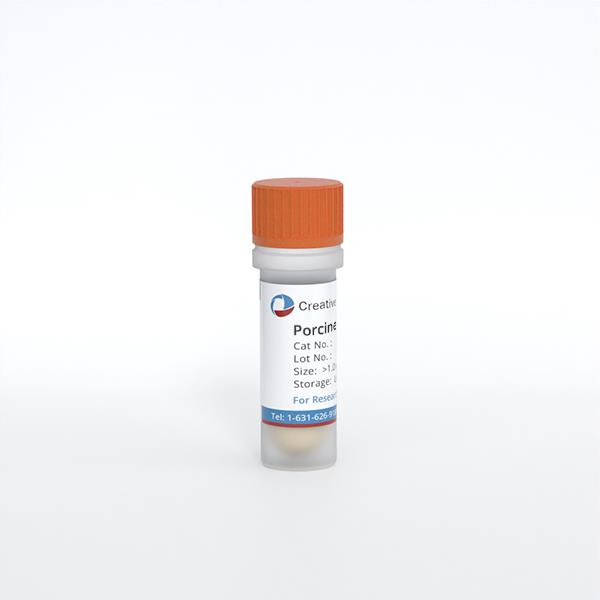ONLINE INQUIRY

Porcine Coronary Artery Fibroblasts
Cat.No.: CSC-C4887L
Species: Pig
Source: Artery
Cell Type: Fibroblast
- Specification
- Q & A
- Customer Review
Never can cryopreserved cells be kept at -20 °C.
Because the medium has phenol red added to show the color, indicating a pH range of 6-8, the color will change from yellow to purple. This is for us to observe the change of culture medium more intuitively. If it turns yellow, it means that it is acidic, and if it is alkaline, it will show purple color. Generally speaking, when the cells absorb nutrients and turn yellow, it means we need to change the culture medium! So it is important to observe closely!
Ask a Question
Average Rating: 4.0 | 1 Scientist has reviewed this product
Original
Creative Bioarray's cell products and services are original.
12 Aug 2023
Ease of use
After sales services
Value for money
Write your own review

